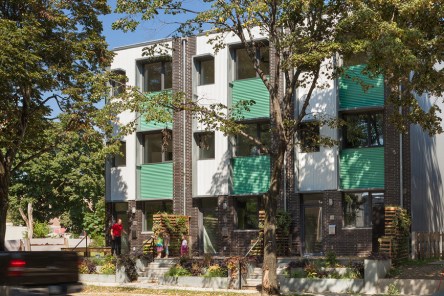With the U.S. building sector accounting for 7% of global primary energy consumption, residential and commercial property developers are turning towards modern solutions, like Passive Homes, to increase energy efficiency in new and renovated properties. Big Apple Energy While it might be “the city that never sleeps,” it wouldn’t hurt to turn a light off once in a while! Though it’s probably no surprise to learn that many of New York city’s most expensive buildings aren’t particularly energy efficient, in truth the numbers are quite shocking: 70% of the city’s emissions are generated from New York City buildings. Even more eye opening…2% of those buildings account for more than half of the city’s energy use. According to the advocacy group Climate Works for All, ten of New York’s most expensive buildings score an “F” in terms of energy efficiency based on Energy Use Intensity. With several more luxury high rises and condominiums in the works, many property developers are looking for ways to lower the energy footprint of their buildings. One solution: Passive House Technologies. A Borough Apart As all things fashionable and hip, Brooklyn is the epicenter of New York City’s passive house movement. In fact, a majority of the New York’s 28 passive building projects are located in or around Brooklyn, including homes in Williamsburg, townhouses in Park Place, and condominiums in Prospect Heights. Some of the passive properties are new constructions projects, but many more are retrofits of existing structures, including a historic house in Brooklyn Heights whose classic façade remains unchanged, despite the addition of super insulation around its double-height windows. In all, Brooklyn is home to more than 20 residences and commercial buildings that fit the passive house guidelines, but because many property owners follow the standards without seeking...

